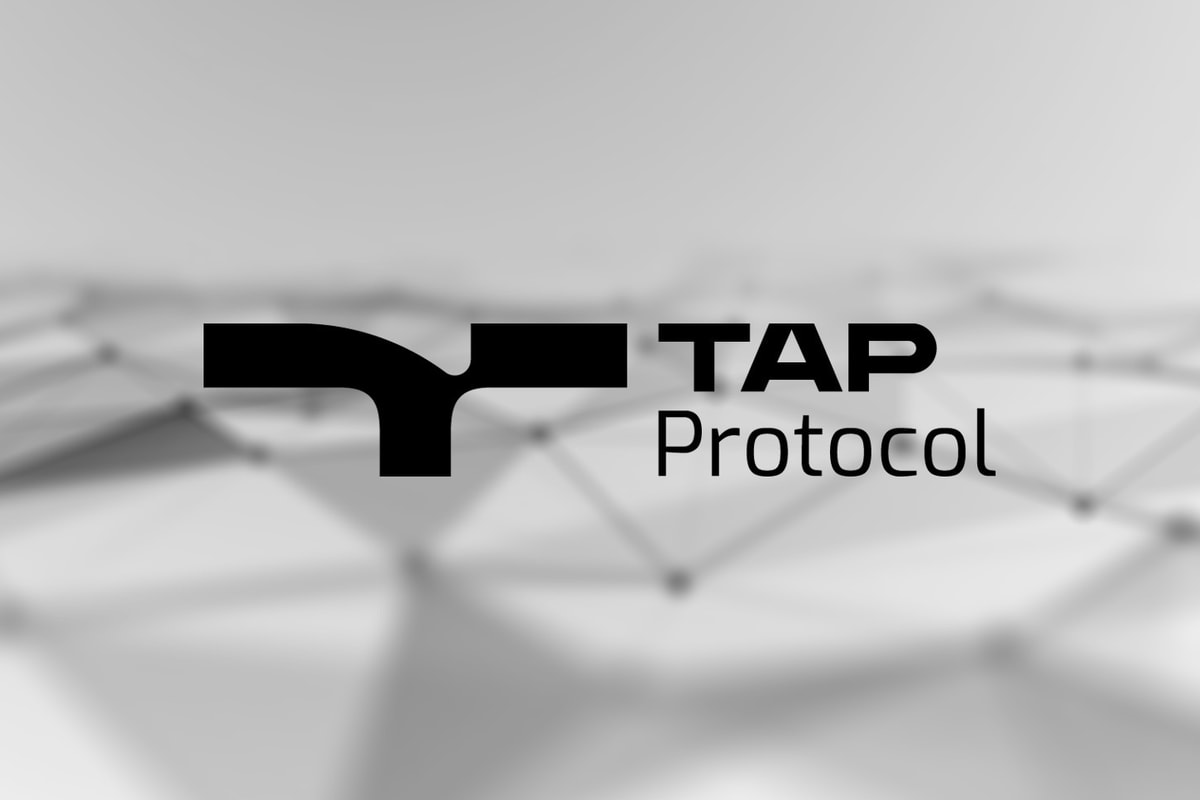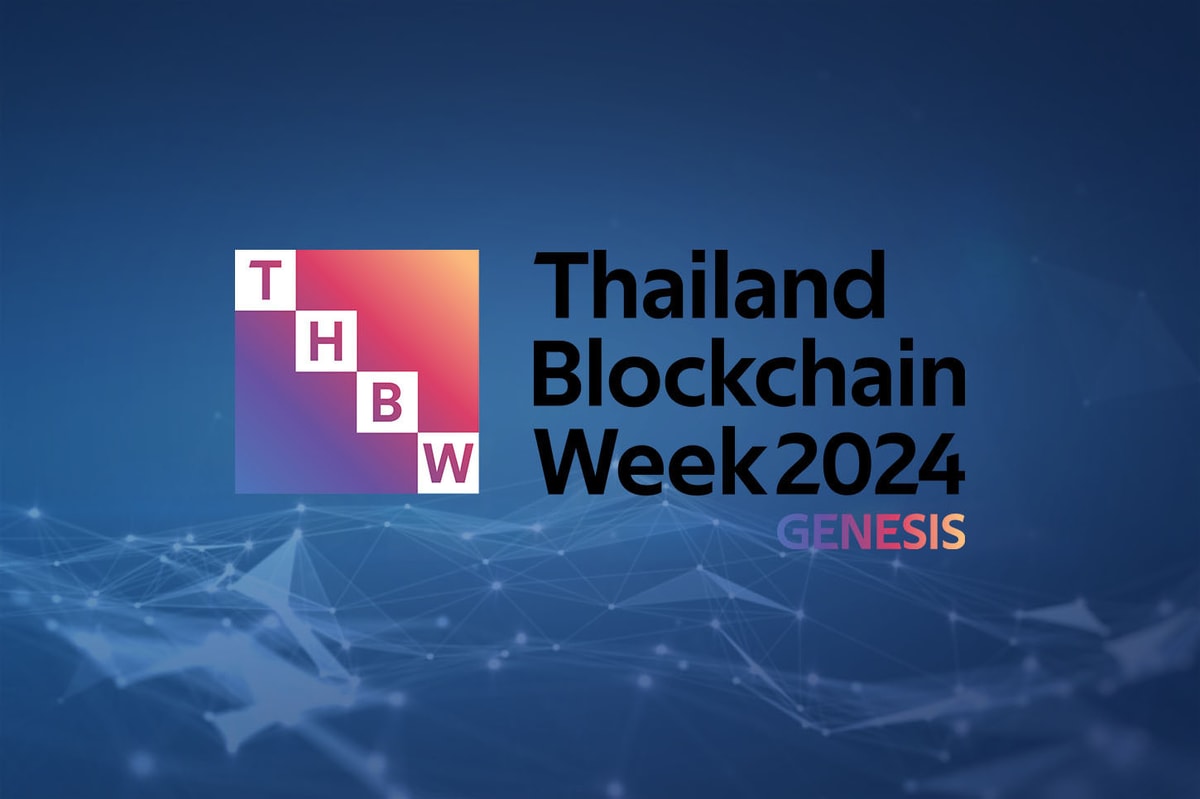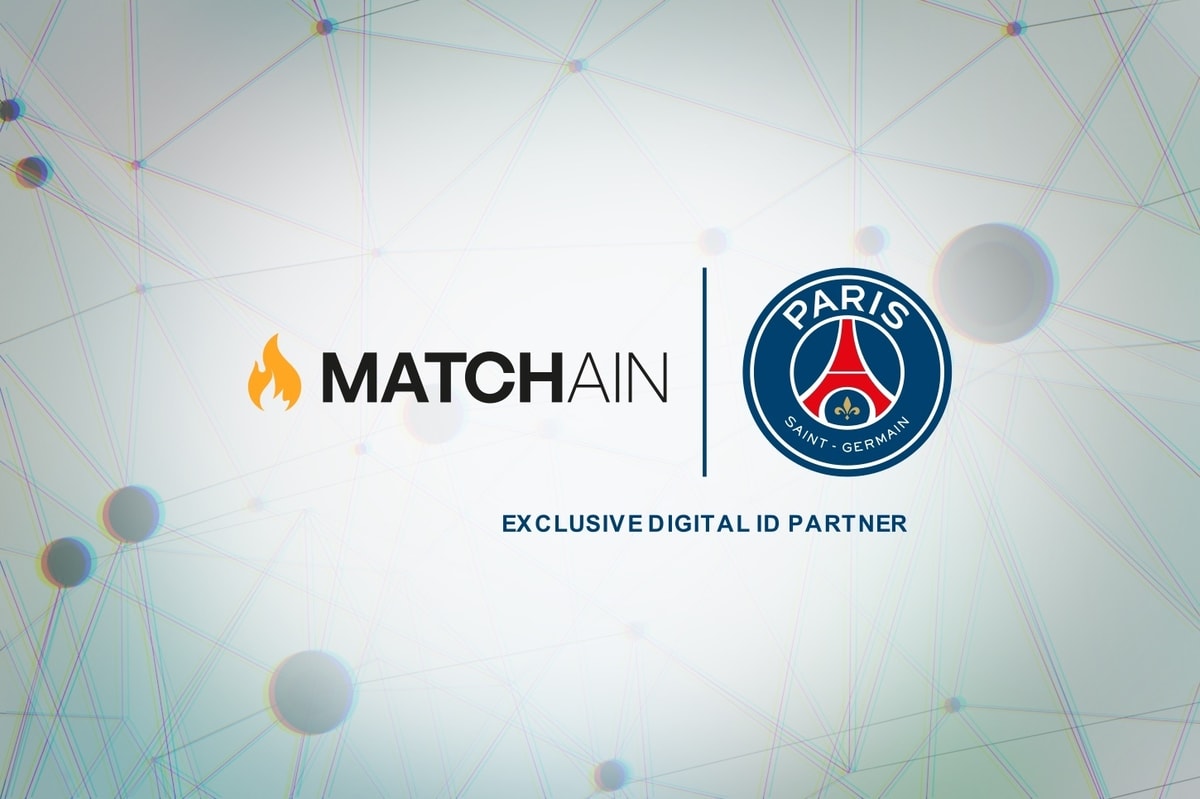Cointelegraph China celebrated its first anniversary on Dec. 23. The event gathered global blockchain leaders to share their thoughts and insights on the future of the blockchain industry.
The conference — co-hosted by Nova Capital, Hainan Blockchain Association, CoinMarketCap, CyberVein, Neo, Findora, Mars Cloud Mine, Deepcoin, BitCoke and Poloniex — invited CyberVein global ambassador Jack Ge, Neo founder Da Hongfei and Ballet Wallet founder and CEO Li Qiyuan to give keynote speeches to share blockchain technology applications, investment opportunities and future industry development trends.
New trends are emerging
According to Ge, with Bitcoin’s (BTC) price hitting an all-time high, new investment opportunities will emerge. New technology exploration on cross-chain and layer-two solutions will continue. And a new balance will also appear between the East and the West in blockchain development.
Ge also believes that after three years of development, the public chain will begin its real adoption phase in the coming year.
Da revealed that the project will launch a new upgraded version “Neo3” next year, which includes five major changes, namely: new functions, architecture, economy, ecology and governance. He explained:
“In terms of functions, Neo3 will launch NeoID, a digital identity solution; NeoFS, a distributed storage platform; and an oracle, which can access any internet resource.”
The new economic model and governance framework launched by Neo3 will greatly reduce on-chain operation costs, encourage users to participate in governance, and provide an open-chain governance mechanism with flexible manageability, said Da.
DeFi continues to play a role in privacy matters
Justin Sun, founder of Tron, believes that the DeFi trend will continue in 2021. He predicts that the price of Bitcoin will stabilize at $30,000–$50,000 next year, and altcoins will follow suit and flourish. He added that:
“2021 will still be the year of DeFi. I think there will be a large amount of Ethereum demand spilling over to Tron next year. In fact, the Tron version of USDT we have seen is an obvious example. At present, the daily transfer volume of Tron is about 400,000 to 500,000, which is actually far greater than the demand of Ethereum itself.”
Henry Yan, chief product officer of Findora, said that in the future, privacy blockchains will become our infrastructure just like today’s energy and transportation networks. All values can circulate smoothly and are protected by privacy. The next generation of decentralized finance needs to achieve high-level upgrades. He added:
“The industry is concerned about user experience and privacy. Ethereum’s DeFi will be faster and more efficient in the future and achieve better privacy."
Yan pointed out that blockchain technology has not yet entered mainstream applications because its privacy, compliance and scalability have not been well resolved.
Li Qiyuan, founder and CEO of Ballet Wallet, believes Bitcoin is a decentralized digital asset that will become a global reserve asset in the future. He explained:
“The common characteristics of Bitcoin and gold: decentralization, non-copyable, only mining, scarcity, separable and spellable, anonymous holding. From a consumption perspective, Bitcoin is more difficult to use. However, Bitcoin is valuable and can be used freely, and there are only 21 million in total.”
Regulation will be clear, and mining will be the next investment opportunity
Eagle Huang, the founder of Deepcoin, said that the cryptocurrency industry is essentially a financial risk industry, and practitioners need to have regulatory awareness, common sense and knowledge.
Although the digital currency industry is still a small ecology, it has connected with traditional finance and has been moving toward a higher ecology. Huang said that in the future, regulation will become clearer as the industry grows.
Shang Silin, a partner of Mars Blockchain and president of Mars Cloud Mine, believes Bitcoin mining will still be a good investment opportunity this upcoming year, explaining:
“The biggest advancement in mining is to ensure that everyone can easily enter the mining field [...] In fact, individual investors still have the opportunity to enter the mining circle.”











